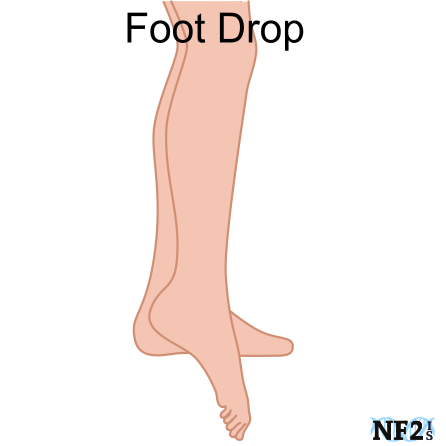
By Kure Clinic
Foot drop is a medical condition in which the muscles that control the movement of the foot are weak or paralyzed, resulting in difficulty in lifting the front part of the foot. This condition can make it challenging to walk, especially on uneven surfaces, stairs, or inclines.
Foot drop can occur due to various reasons, such as nerve damage, muscle or nerve disorders, spinal cord injuries, brain injuries, or as a side effect of certain medications. Some common symptoms of foot drop include dragging the foot while walking, difficulty in lifting the foot, numbness or tingling sensation in the foot, ankle or leg, and muscle weakness.
Treatment for foot drop depends on the underlying cause and severity of the condition. In some cases, foot drop can be managed with physical therapy and the use of braces or splints to support the foot and ankle. In more severe cases, surgery may be required to repair or replace damaged nerves or muscles. Your doctor can determine the appropriate treatment plan for your specific condition.
Physiotherapy can be an effective way to manage foot drop, especially if it’s caused by nerve or muscle damage. A physiotherapist can create a personalized treatment plan to help improve your strength, flexibility, and balance, as well as reduce pain and discomfort.
Here are some physiotherapy management techniques that may be used for foot drop:
It’s important to note that the effectiveness of physiotherapy for foot drop may vary depending on the underlying cause and severity of the condition. Your physiotherapist can create a treatment plan that is tailored to your specific needs and goals
For all your bone and joints related problems you can contact our consultatnt orthopedic surgeon and get your problems resolved. https://kure.co.in/orthopaedics-in-noida/
Book an appointment with the best chiropractor in noida to live a pain-free life again. https://kure.co.in/chiro-chiropractor-chiropractor/
Are you sick of being in Pain? Our amazing team will get you moving PAIN FREE ! BOOK PHYSIOTHERAPY APPOINTMENT NOW https://kure.co.in/physiotherapy/